Category: Photography
The Best Years of My Life

Press release
German Foreign Office and Neue Galerie Berlin will present Shahidul Alam at Deutsche Welle?s Global Media Forum and at the Global Forum on Migration and Development in Berlin.
With the book publication and the exhibition ?The best years of my life. Bangladeshi Migrants in Malaysia? the international well-known photographer and activist Shahidul Alam will be present on Monday, June 19, 2017 through the Neue Galerie Berlin and with the support of the German Foreign Office on the Global Media Forum of the Deutsche Welle. After the end of the forum in Bonn, the exhibition will be on display at the German Foreign Office in Berlin from Thursday, June 23, 2017, and will be part of the Global Forum on Migration and Development from 28 to 30 June. The Finissage will be published on 30 June 2017 at the Federal Foreign Office with a greeting from the State Secretary Dr. Markus Ederer within the framework of the GFMD. The artist will be present in Bonn and Berlin and will be available for questions and interviews. Further information on the exhibition and the artist in the appendix.
As an additional digital component, the Neue Galerie Berlin, together with the technology partner snap2live, presents the newly developed image recognition app ?Neue Galerie Berlin?. All pictures of the Alam exhibition can be scanned with the app (tentatively available on Android). Behind the pictures
About
In 2016 Tanja von Unger founded the Neue Galerie Berlin (www.neuegalerieberlin.de).
To provide a relevant platform beyond photography the businessmodel
also collaborates with publishing groups and institutions and is known for its groundbreaking presentation of photographers and their works at economic conferences and events such as the Economic Summit of the Su?ddeutsche Zeitung, Falling Walls Conference, Rheingauer Economic Forum, Global Solutions G 20 Conference of the Dieter von Holtzbrinck publishers.
Snap2Life create apps for companies in the media, publishing, automotive, business, sports and advertising sectors. Most of these apps are equipped with our innovative image recognition functionality, which we also provide as an API for integration into other apps. In a fraction of seconds we connect the offline world with any kind of relevant content from the online world.
The Deutsche Welle Global Media Forum (GMF) is the Place Made for Minds, where decision makers and influencers from all over the world come together. It?s the global platform put on by Deutsche Welle and its partners and the place where you can connect and strengthen relations with over 2,000 inspiring representatives from the fields of journalism, digital media, politics, culture, business, development, academia and civil society. The conference provides a unique opportunity to network, get inspired and collaborate using a wide variety of state-of-the-art formats.
http://www.dw.com/en/global-media-forum/global-media-forum/s-101219
?Towards a Global Social Contract on Migration and Development?
Tenth Global Forum on Migration and Development Summit 28 to 30 June 2017, Berlin
Germany and Morocco have assumed the co-chairmanship of the Global Forum on Migration and Development (GFMD) from 1 January 2017 until 31 December 2018. During this two-year period, the focus will be on the contribution of the GFMD to the United Nations? Global Compact on Migration. The Compact is intended to constitute a strong signal of the international community for an enhanced global migration policy, to be adopted by the community of states in 2018.
https://gfmd.org
Had cadmium ever glowed so red?
I’d pretty much perfected the art. I’d go down to the newest library I could find. Become a member as quickly as I could, and armed with my new membership card head straight to section 770, the magical number for photography at UK public libraries. I would take out the full complement of 8 books that I was allowed at any one time. When the lending period was over, they would be replaced by another eight.
I devoured the books, which were mostly monographs, or ones on technique, composition or even special effects. I knew too little about photography, to know how limited my knowledge was. It was many years later, when my partner Rahnuma, gave me a copy of “The Seventh Man” by John Berger, that a new way of looking at photographs opened up. Unknowingly, it was the book “Ways of Seeing” that later opened another window. One that helped me see the world of storytelling. That was when I realised that image making was only a part of the process. Once youtube arrived on the scene, and the television series with the same name entered our consciousness in such a powerful way, his TV series “Ways of Seeing” became my new staple diet. Here was a leftie who could still speak in a language the average person could understand, and that too on a topic such as art. His fascination was neither about the artist nor the artwork itself, but how we responded to it and how it gained new meaning through our interaction. While it was art he was dissecting, it was popular culture he was framing it within.
That there was so much to read in a photograph, beyond the technicalities of shutter speed, aperture and resolution, is something my years of reading section 770 had never revealed. The photographs of Jean Mohr (The Seventh Man), were unlikely to win awards in contests, or fetch high prices in auctions, but Berger’s insights into the situations and the relationships that the photographs embodied, gave them a value way beyond the mechanics of image formation. Berger never undermined the technical or aesthetic merits of a photograph. He simply found far more interesting things to unearth.
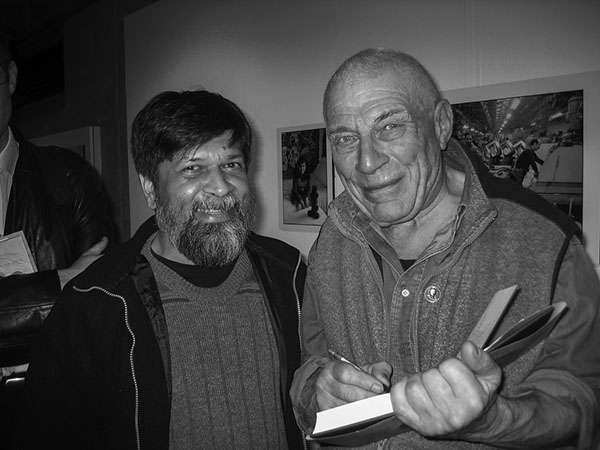
Forest of Tides: The Sundarbans
Written by Louis Werner Photographed by Shahidul Alam / DRIK
Split not quite in half by the border between India to the west and Bangladesh to the east, crowning the Bay of Bengal, the world?s most complex river delta works like South Asia?s showerhead?one the size of Lebanon or Connecticut. Fed by Himalayan snowmelt and monsoon runoff, carrying a billion tons a year of Asian landmass suspended as sediment, the three great flows of the Ganges, the Brahmaputra and the Meghna rivers all end in one vast estuarial tangle, one of Earth?s great water filters, the mangrove forests of the Sundarbans. Continue reading “Forest of Tides: The Sundarbans”
PATHSHALA?S RESPONSE TO BDNEWS24.COM?S REPORT
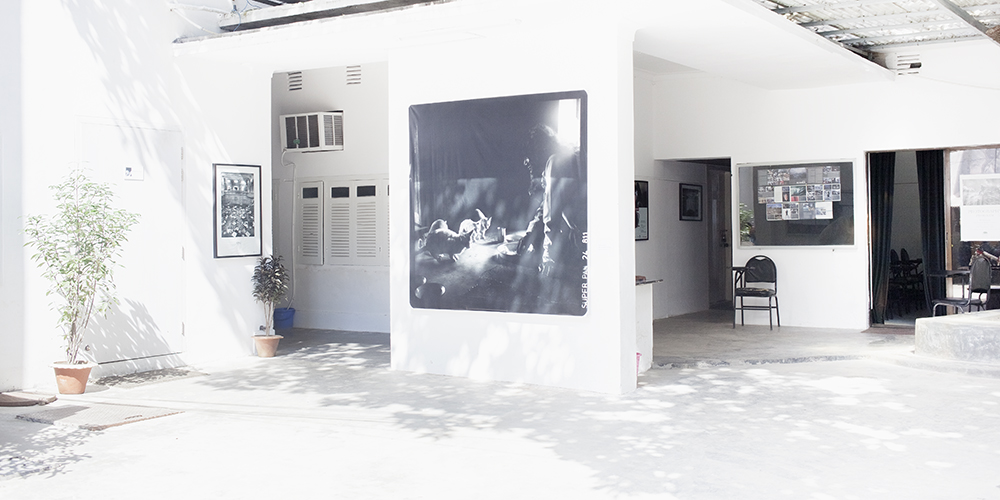
A report on Pathshala South Asian Media Institute, published by the online news portal bdnews24.com, has come to our attention (?Shahidul Alam?s Pathshala operates without affiliation,? bdnews24.com, 6 August 2016). Unsubstantiated allegations, backbiting and innuendo and the absence of cross checking characterise the ?report.? It is a shoddy piece of journalism. Continue reading “PATHSHALA?S RESPONSE TO BDNEWS24.COM?S REPORT”
On the ?uncertified? Pathshala
At a time when our entire education system is in crisis, the quality of education is in question and the values that student?s inculcate is a source of fear.?A student of?Pathshala South Asian Media Institute,?in response to questions about the validity of the very certificate he has obtained, talks passionately about the institution?s pedagogic model and how he has been transformed by it.
by Mahtab Nafis?
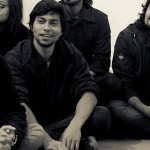
A letter to whom it may concern
BEFORE joining Pathshala, I had studied in nine schools and one university (all certified) in this country. But never before had I found an environment similar to the one at Pathshala. South Asian Media Institute, founded by Shahidul Alam. Forget about competing, none of them are even light years close.
From a very early age I had sincere doubts and disagreements with the ?socially accepted? and ?certified? educational systems. For, all I had seen was a bunch of sheep-like people following a curriculum given by a governing body or authority without assessing, questioning or having an opinion on the teaching method or the materials. It seemed that people blindly followed the dictum ?this is how things are?, an attitude which I could never accept. Everywhere, I saw teachers give students instructions or orders to follow a rigid structure, to memorise, to cover the syllabus. Even those studying in a creative field had teachers who would promote and indoctrinate a particular pattern of thinking or school of thought. This basically means that you are thinking other people?s thoughts and are being conditioned in someone else?s mental shadow. Continue reading “On the ?uncertified? Pathshala”
Didi. The Street Fighter
MAHASWETA DEVI (JANUARY 14, 1926 -?JULY 28, 2016), WRITER AND SOCIAL ACTIVIST
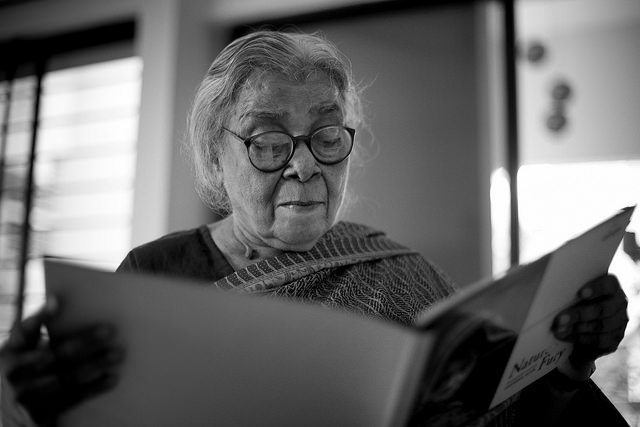
Protocol wasn?t Didi?s thing.?Shoitan! (Satan) she would say lovingly. And then grab you and plonk you on her lap. The fact that both Rahnuma and I were far too old, and I was certainly much too heavy, to be sitting on anyone?s lap wasn?t something she worried much about. She didn?t care much for people?s age, and what other people thought, was something that had never bothered her. If you love someone, they sit on your lap. ?You have a problem with that??
Mahasweta Devi (Didi ? elder sister ? to all of us) had been a giant of a figure in South Asian literature for as far back as I can remember.?Jhansir Rani?(The Queen of Jhansi, 1956), Hajar Churashir Maa (Mother of 1084, 1975) and?Aranyer Adhikar?(The Occupation of the Forest, 1977) her powerful novel about the Santal uprising were what we knew this celebrated writer and activist by. That she was a tease and loved to sing, and didn?t mind the odd practical joke, was a side to her that had remained private. What should have been apparent was the rebel in her; her uncompromising stand for the oppressed, and her clear position as to which side of the fence she belonged. Continue reading “Didi. The Street Fighter”
The Empty Doorway
We chose not to be photographed. His broad smile was somewhat subdued, though the impishness of his chuckle still remained. The big hug didn’t work out. Even in the generous light through the large open window, a frail Kiarostami with tubes wasn’t how we wanted him depicted. He had cancer, and the surgery had gone wrong. My young friend Mansour Kiaei had accompanied me and had only met the great man for the first time. He wanted to photograph the two of us. We declined, saving the moment, for when Abbas would be better, and more the Abbas, as I had known him.
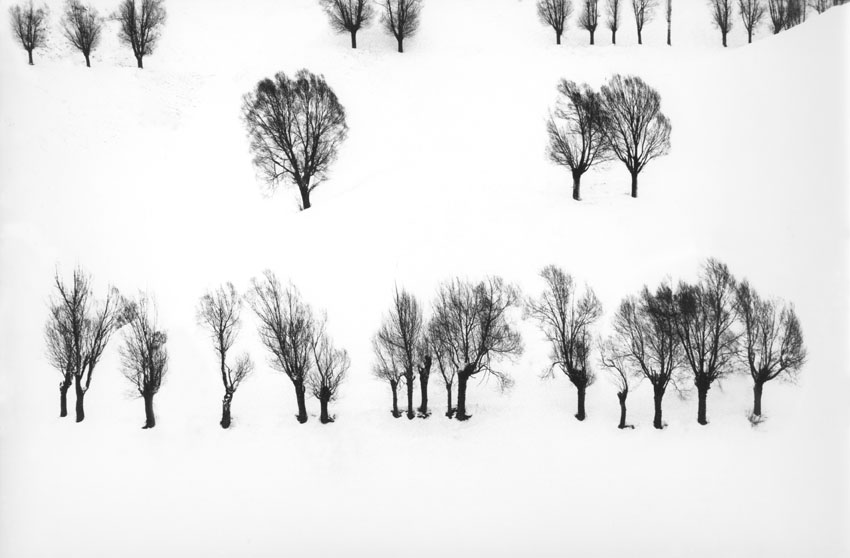
Photography in Bangladesh: a medium on the move
F?ted internationally, the country?s photographers have struggled for status at home. Could that be about to change?
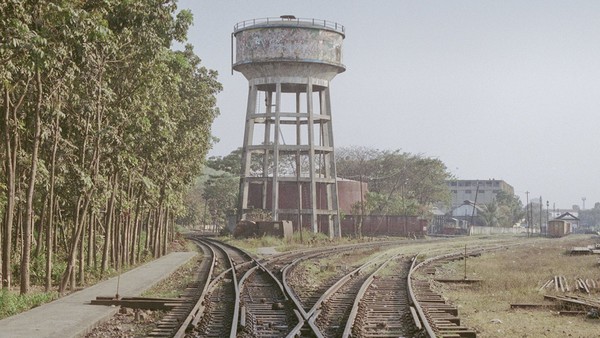
From the series ?Railway Longings? (2011-2015) by Rasel Chowdhury
The eerie moonscape of Munem Wasif?s new photographic series, ?Land of Undefined Territory?, appears empty. On closer inspection, it reveals the scars of industrial activity, from vehicle tracks to stone crushing. The sense of menace and alienation is compounded by a three-channel video with a grating soundtrack.
These digital black-and-white shots were taken along an indefinite border between Bangladesh and India ? disputed land that is now home to unregulated mining but which also soaked up the blood of past upheavals, from the first, temporary partition of Bengal under the viceroy in 1905, to Partition in 1947 and the Liberation war of 1971. Ostensible documentary veers into questioning in Wasif?s deeply unsettling yet distanced probing of history, territory, ownership and exploitation. Continue reading “Photography in Bangladesh: a medium on the move”
Open Call For Iranian and Bangladeshi Artists
Open Call For Iranian and Bangladeshi Artists

Exchange Program (Iran ? Bangladesh)
1-31 July, 2016 ? Tehran
7 January ? 7 February?, 2017?? Dhaka
Application Deadline
10 May, 2016
Pathshala?and Kooshk Residency present the first?round of?exchange program between Tehran and Dhaka?for two Bangladeshi?and two Iranian visual artists. This exchange program exists out of two parts. The first part is held from 1-31 July,?2016 in Tehran, Iran.
In?this residency, the Bangladeshi?artists have the opportunity to work in Tehran, Iran and collaborate with the Iranian artists. During this time, the space will be open to a local public of artists, students, and art critics. The program will end with a presentation and a panel discussion. Continue reading “Open Call For Iranian and Bangladeshi Artists”

